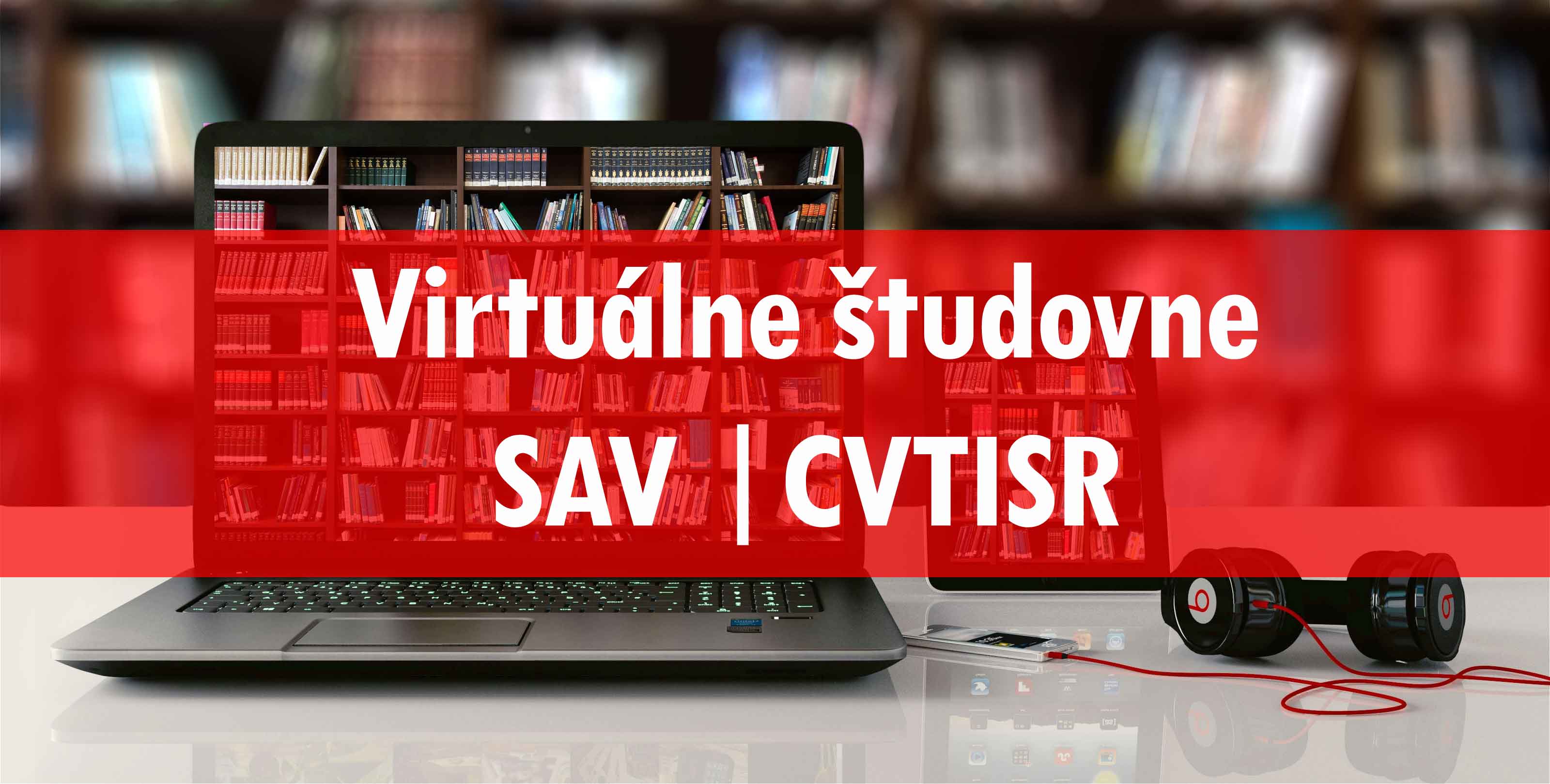| VEDECKÝ ČASOPIS O DEJINÁCH SLOVENSKA A
STREDNEJ EURÓPY
VYDÁVA HISTORICKÝ ÚSTAV SLOVENSKEJ AKADÉMIE VIED, V. V. I. ISSN 0018-2575 (print) ISSN 2585-9099 (online) EV 3084/09 Všetky obsahy sú čitateľom voľne dostupné podľa licencie Creative Commons CC BY 4.0. Indexovanie a abstraktovanie: Web of Science Core Collection: Arts & Humanities Citation Index Additional Web of Science Indexes: Current Contents Arts & Humanities Scopus CEEOL CEJSH EBSCO Historical Abstracts ESF (HUM) ERIH plus |
AKTUÁLNE ČÍSLO | REDAKCIA | POKYNY PRE AUTOROV | ARCHÍV | PREDPLATNÉ | O ČASOPISE | PUBLIKAČNÁ ETIKA | VÝZVY Cinematography and education. The Czechoslovak school film 1918–1937. Historický časopis, 2021, 69, 1, pp. 83–97, Bratislava. Abstract: After the formation of the Czechoslovak Republic, one of the priorities was the educational process with the aim of reflecting the democratic principles of the new state. From the beginning, the Ministry of Education and Public Information endeavoured to apply innovative elements in the content of educational programmes. The text concentrates on the production and use of short films as an important contribution to education in the republic, including the supervisory body: the Department for School Films. Attention is also devoted to terminological definition of the cultural – educational film. Keywords: Cultural-educational film. Education. Department for School Films. School films. Czechoslovak Republic. Resumé: Kinematografie und Edukation. Der tschechoslowakische Schulfilm 1918–1937. Zu den Prioritäten der Tschechoslowakischen Republik seit Anfang ihrer Existenz gehörte der Bildungsprozess. In allen Bildungsinstitutionen bemühte sich das Ministerium für Schule und Volksaufklärung innovative Unterrichtshilfsmittel anzuwenden. Eines davon war der kultur-erzieherische Film, der als Unterrichtsbehelf nach dem Jahre 1918 Aufmerksamkeit erregt. Seine Implementierung traf sich von Anfang an mit Problemen. Das Problem stellte terminologische Definition des kultur-erzieherischen Filmes vor. Der Inhalt dieses Begriffs. Ein weiteres Hindernis stellten die Kompetenzen vor. Das Innenministerium sowie Schulministerium bemühten sich, damit der Film ausschließlich in deren Wirkung steht. Eine aussichtslose Situation mündete in die Definition einer neuen Kategorie – des Schulfilms, der sich nur auf dem Schulgelände projizieren sollte. Seine Implementierung in die Praxis beaufsichtigte das Beratungsgremium des Schulministeriums – das Corps für Schulfilm. In Bezug auf die Wirksamkeit tagte das Corps über die Anwendung des Films im Schulprozess für einzelne Schulkategorien und Schulstufen, es empfahl passende Filme u.a. Auch der Schulfilm hatte seine Probleme. Von der technischen Spezifikation der Projektor, durch den Mangel von passenden Filmen, bis zu fehlenden Methodiken zu dessen Anwendung in der Praxis. Nicht alle Schulen konnten sich einen Projektor leisten, darüber hinaus war die Arbeit mit dem Film kein Bestandteil der Vorbereitung an den Lehrerbildungsanstalten. Nach dem Verfall der Republik bekommt der Schulfilm einen ideologischen Inhalt, anderen als es in den vorherigen Jahren war. DOI: https://doi.org/10.31577/histcaso.2021.69.1.4
Do Vašej pozornosti ďalej
odporúčame: |



